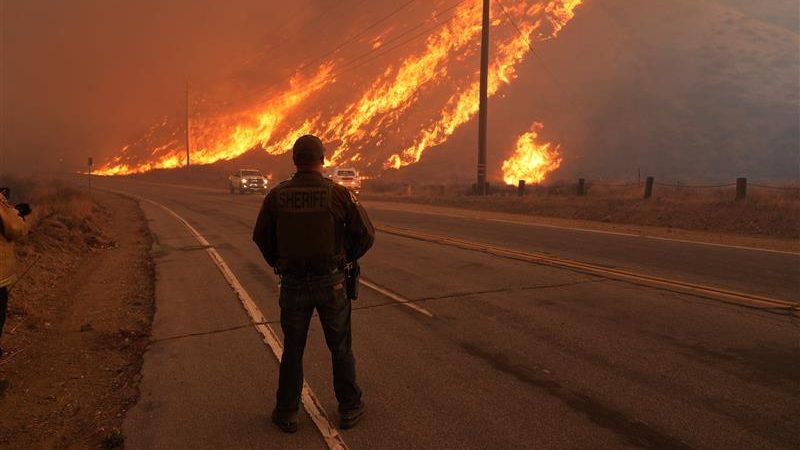More COVID-19 deaths in Manitoba in 2022 than previous two pandemic years
Posted January 1, 2023 1:05 pm.
Last Updated January 1, 2023 1:20 pm.
Despite efforts to move on from the pandemic and return community activities back to normal, end-of-year COVID-19 data show the virus is still circulating.
More Manitobans died in 2022 from or with COVID-19 than the first two years of the pandemic.
The province reported 939 COVID-19 deaths in 2022 compared to 731 in 2021 and 661 in 2020.
“This virus is absolutely still circulating,” said epidemiologist Cynthia Carr.
Carr says the data is not surprising based primarily on public perception and changes in behaviours in the province, compared to previous years.
“Unfortunately, these numbers don’t come as a shock to me because the less we talk about things, the less we keep it on our radar, the more likely it is for events to continue to happen, such as continuation of spread,” she said.
RELATED:
- Canadians fined at least $15M for breaking COVID-19 quarantine rules in 2022
- Why are children across Canada getting so sick this year?
Carr says with more mobility and less protective barriers in place, deaths related to COVID-19 are most likely to occur among the vulnerable population of Manitobans.
“The by far highest percentage of deaths is in our elderly population and those with other health conditions,” she said. “And again with the flu season as well having a serious impact. There’s just more opportunity for people just to have a battered immune system right now because we’re fighting lots of different viruses, and that’s really important for people to keep in mind,” she said.
Carr says other factors are also making people vulnerable.
“More crowded living situation, less income, more obesity – those people, unfortunately, are at a higher risk for poor outcomes,” she said. “Because, again, their bodies are fighting many factors at the same time. And somebody who’s in lower income, you might be in a lower-paid job and many of those lower-paid jobs are very public facing.
“And that’s where we have to continue to work together in terms of just our overall health status as a society.”
WATCH: Tackling Canada’s ‘long COVID’ problem
Carr says people should not live in fear, but rather as they go about their daily business to be aware of the risks and take protective measures.
“We don’t want people living in continuing fear and anxiety and lockdown at all,” she said. “You need to continue to think of those tools to keep yourself as protected as possible while you wish to continue your life in a more normal way. With that, of course, comes risk.
“So keeping up to date on vaccination, wearing masks, avoiding crowded spaces.”








